06 Mar Slides.- The gloomy towns of rural northern Spain
The 1980s were a decade of significant economic and social changes in Spain. While the country was experiencing a period of growth and modernization, the rural northern regions were still struggling to catch up. In particular, the small towns situated in the mountainous areas of the north were facing a gloomy reality. These towns, often isolated and far from major cities, were hit hard by the economic crisis of the 80s. The decline of traditional industries such as agriculture and mining, coupled with the lack of investment and infrastructure, left these towns with limited job opportunities and little hope for a better future.
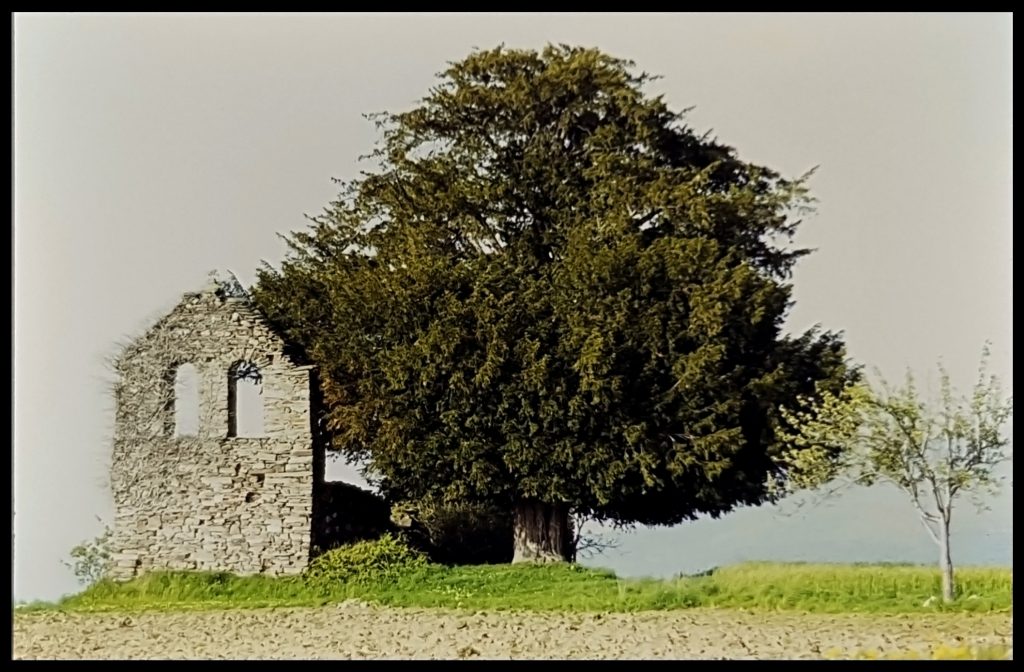
The once bustling streets of these towns were now quiet and desolate, with many abandoned buildings and empty storefronts. The younger generations, seeking better prospects, had left for the cities, leaving behind an aging population and a sense of emptiness. As a result, the towns were slowly dying, with a dwindling population and a sense of hopelessness that seemed to permeate the atmosphere.
The situation was made worse by the harsh weather conditions in the northern regions. Winters were long and cold, and heavy snowfalls often cut off these towns from the rest of the world. The lack of proper infrastructure, such as roads and public transportation, made it even more difficult for the residents to access basic services and amenities. This isolation further intensified the sense of abandonment and neglect felt by the townspeople.
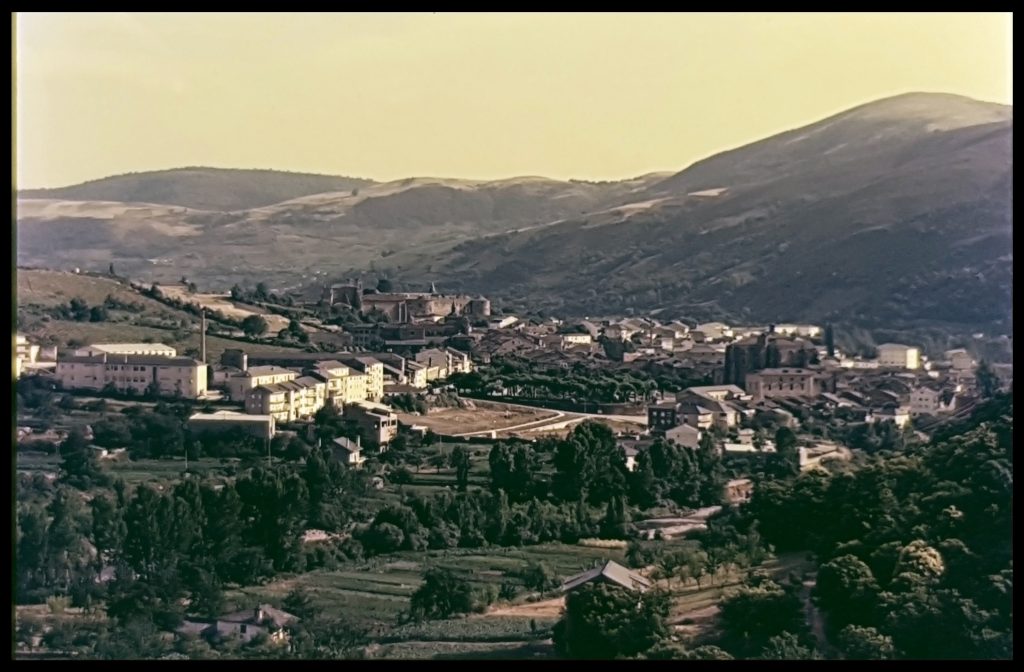
Moreover, the traditional way of life in these towns was also fading away. The younger generations, who had grown up with modern comforts and technology, were no longer interested in the backbreaking work of farming or mining. As a result, the once-thriving agriculture and mining industries were on the verge of collapse. The few remaining farmers and miners struggled to make ends meet, and their way of life was slowly disappearing.
The gloomy atmosphere in these towns was also reflected in the physical environment. The once picturesque landscapes were now marred by abandoned factories, mines, and decaying buildings. The vibrant colors of the surrounding nature were replaced by a dull and monotonous palette, mirroring the dreary state of the towns.
In the midst of this gloom, however, there were still glimmers of hope. Some towns managed to adapt to the changing times by investing in new industries such as tourism and renewable energy. This brought a much-needed boost to the local economy and provided job opportunities for the residents. Additionally, the government’s efforts to improve infrastructure and promote small businesses in these areas also showed promising results.
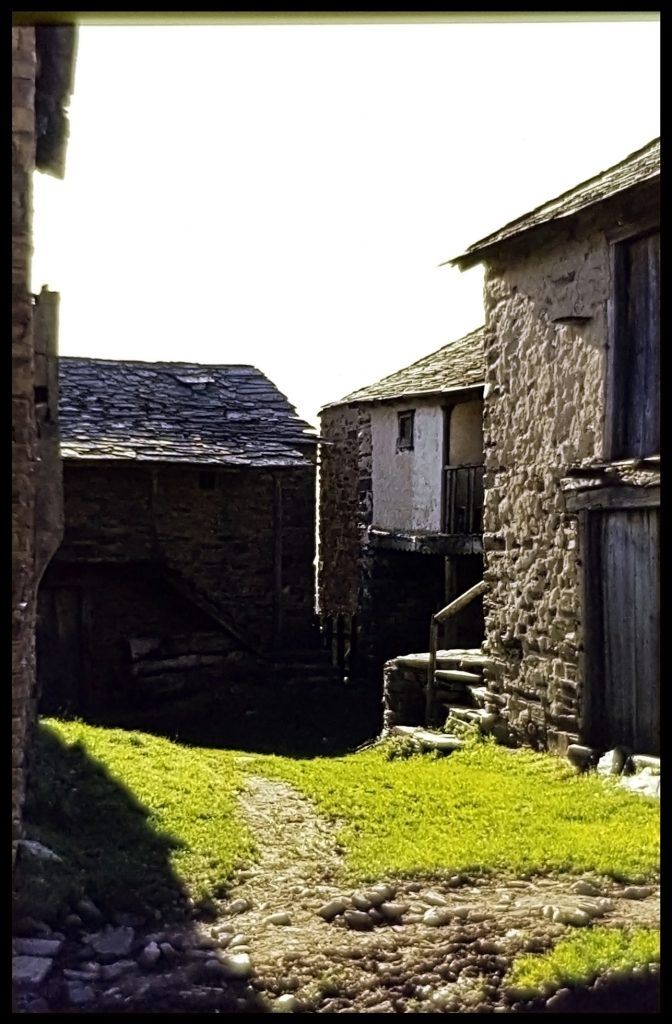
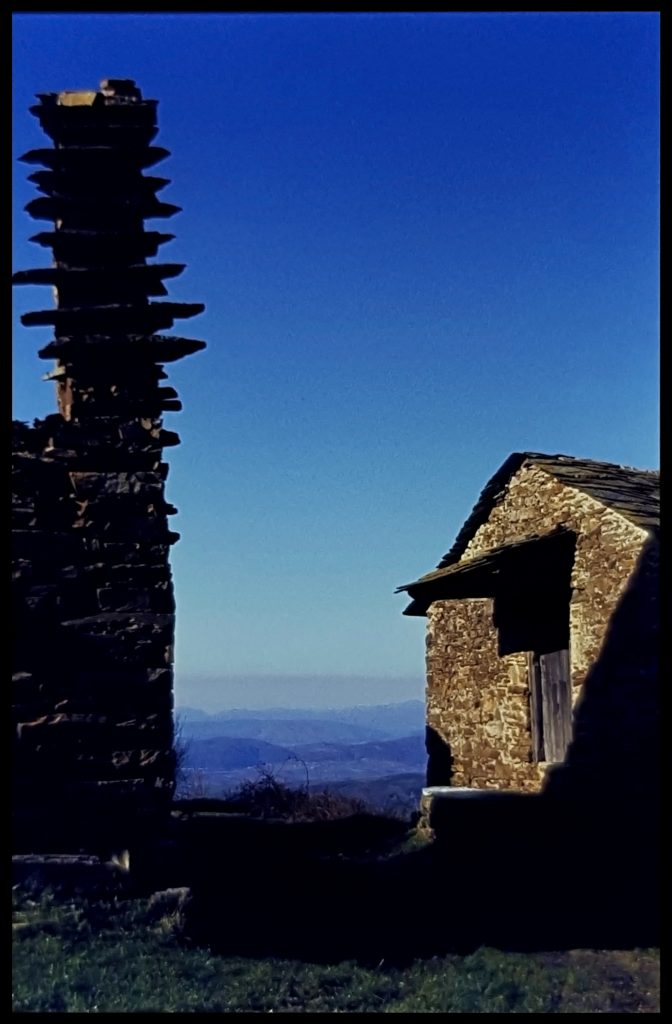
Despite these efforts, the 80s were a difficult and melancholic time for the rural towns of northern Spain. It was a decade marked by economic struggles, population decline, and a fading way of life. However, as the country continued to modernize and develop, these towns slowly began to find their footing and emerge from the gloom, paving the way for a brighter future.
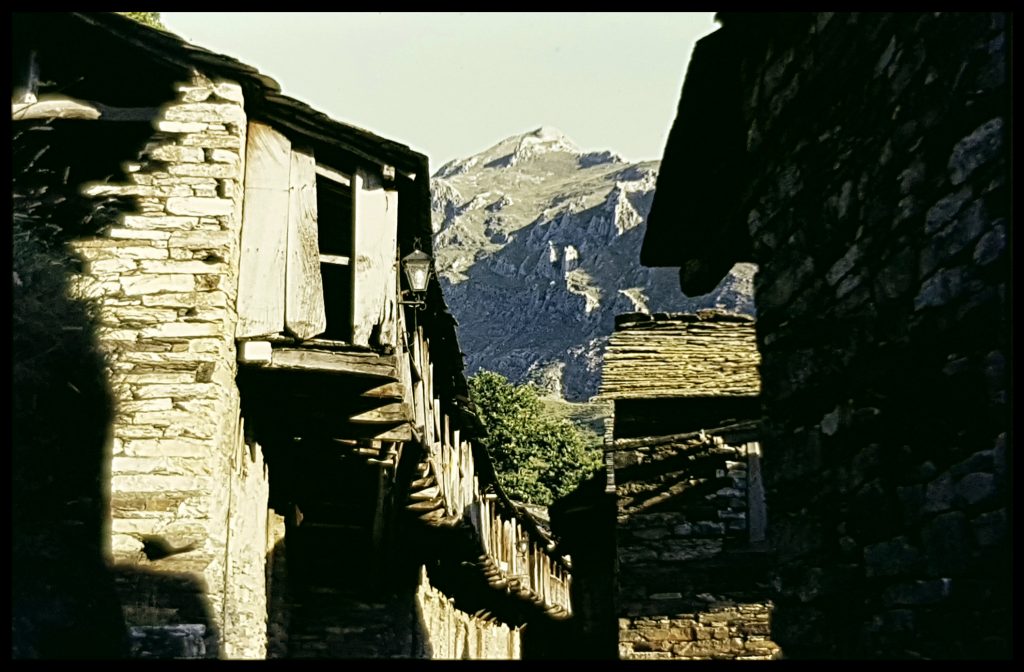
Photos taken in 1983 with a Nikon camera in the northern villages of the community of Castilla y Leon.
Archives
Tag Cloud
[mailpoet_form id="3]

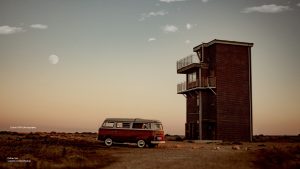
Sorry, the comment form is closed at this time.